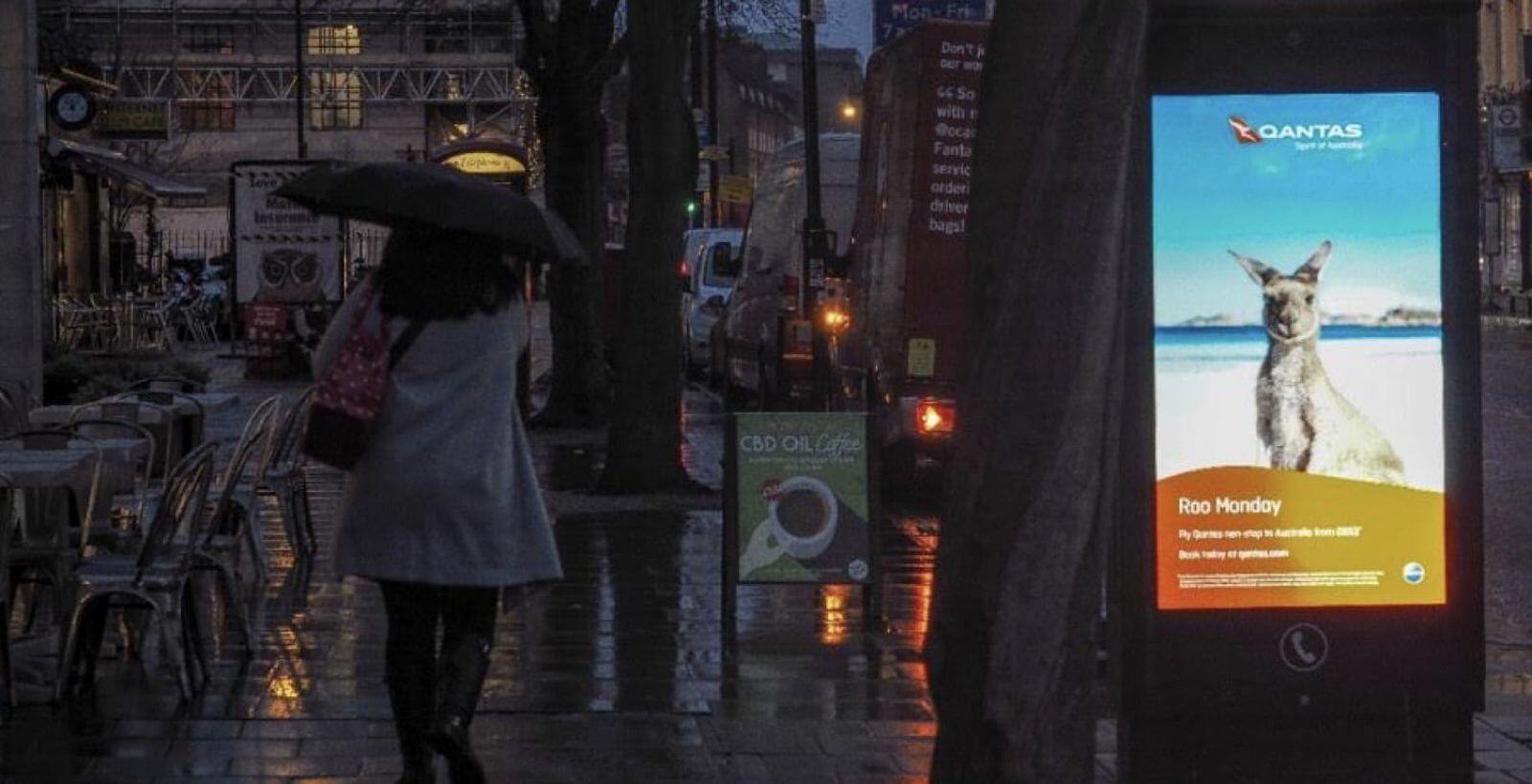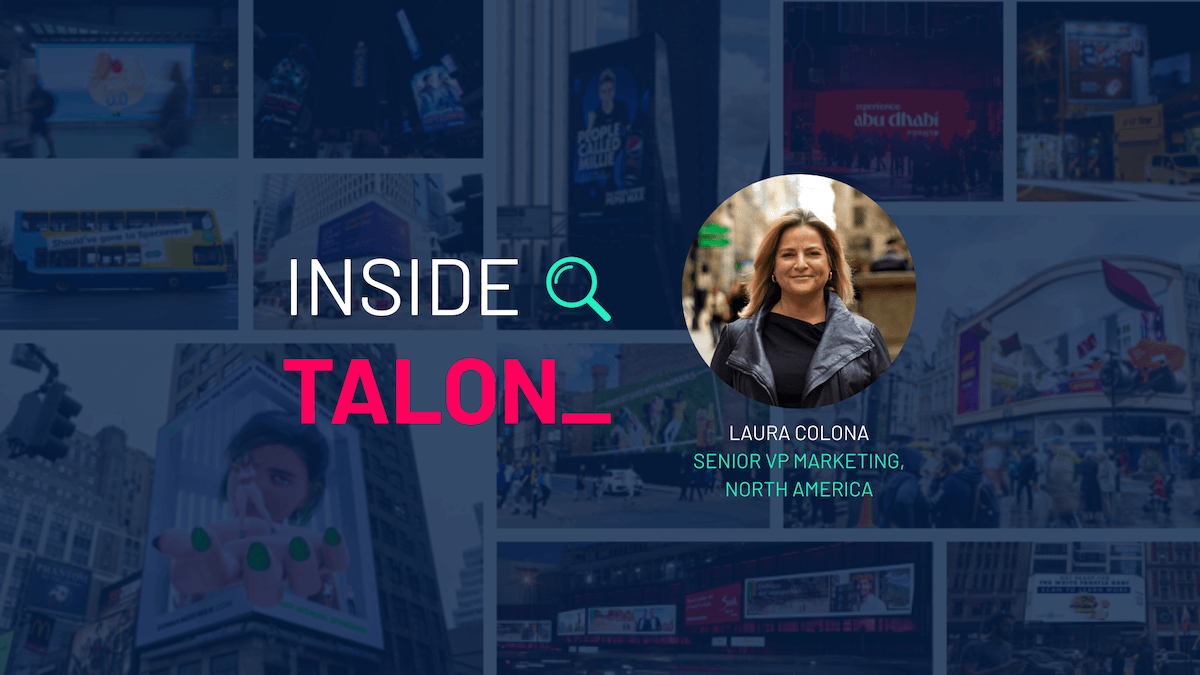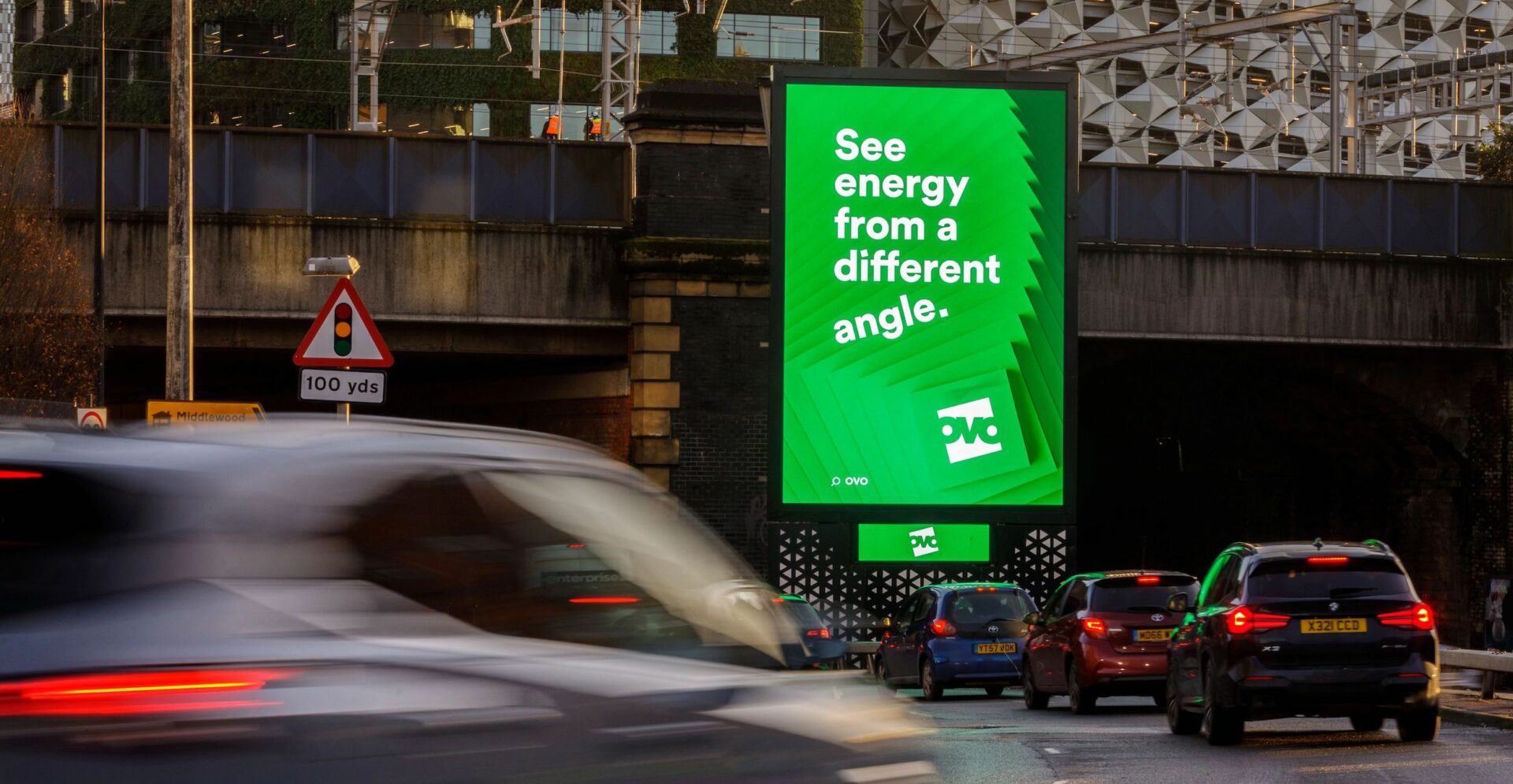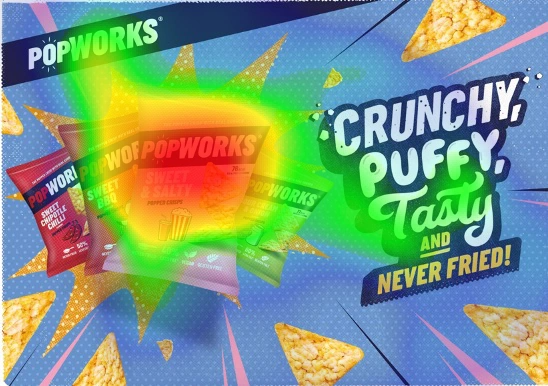How can we harness audience mindset and behaviour to inform the DOOH planning process?
Harnessing Audience Mindset for Effective DOOH Planning Processes
Out of Home (OOH) is a thriving medium in the media landscape, particularly due to the continued rise of digital. There has been ample investment by media owners into this area, which has culminated into a strong Digital Out of Home (DOOH) weekly reach. The reasons for this digital renaissance include repeated findings that DOOH has a strong impact on campaign effectiveness. Recent analysis by the IPA indicated that adding digital to an OOH plan doubles long term business effects, while Ocean Neuroscience highlighted the 2.5 times greater impact of Full Motion to Static OOH.
The strength of DOOH is not just about inventory expansion however, but the revolution of dynamic capabilities. Outdoor can now target people on the right day, at the right time, in the best place. Ultimately, dynamic is a key tool in smarter planning. To make best use of it however, there needs to be a strong understanding of its contextual relevance to the target audience. Talon research has shown that when contextual copy is used, the intended audience are up to 55 per cent more likely to find the advertising relevant to them. Not only that, but it links to positive shifts in key metrics, behaviours and actions.
To achieve contextual relevance, brands need to understand their audience. The main way to do this is by learning more about their mindsets, rather than focusing purely on demographics. Mindsets have been explored across commuter, shopper and socialiser audience and by category.
Talon has undertaken a series of research which aims to understand the optimum day of week/time of day to reach people by category. So far, we’ve collected insights across a range of areas; Travel, Food and Drink, Technology, Retail and Finance. In terms of food and drink apps for example, we know that people are most likely to be using them in the afternoon or evening on Wednesdays, Fridays and Saturdays.
But how does this inform our DOOH planning process? It provides us the key insights that while afternoon/ evenings at the weekend would reach the right audience (as expected), there is a key moment mid-week which can be tapped into with the right messaging.
It is important to note that many of these categories have a high performance across the week, so the research is not always disregarding any days or times. What Talon is aiming to do is identify those optimal moments where dynamic DOOH advertising would make the highest impact, or influence a change in mindset. With the travel category for example, planning and booking a holiday is consistent across the week, which means brands can successfully use OOH to target their audience at all times. However, the mindset data indicates that consumers are at the peak of planning their holiday earlier in the week, and booking it mid-week or at the weekend. This suggests that priming consumers with contextual messaging early in the week would promote call to action later on.
Advertisers – including brands like easyJet, Qantas and Virgin Holidays – have used digital OOH to tap into moments like pay day or Blue Monday. Tactical targeting can extend to smarter planning so we’re dialling up or optimising those moments where our behaviours are most heightened.
We can even divide the week into three key mindsets. Firstly, the week begins with financial planning, such as researching holidays, thinking healthily or actively using bank apps. Mid-week brings the need for a pick me up, whether that be personal inspiration with lifestyle apps or ordering a takeaway. Finally, the week wraps up with weekend entertainment. Some mindsets at this time are as you would expect (from alcohol consumption to booking a trip). However, we can also tap into trending or less obvious mindsets; for example, males are more likely to grocery shop later in the week; or banking apps receive a higher usage at the weekend, most probably to ensure there is enough funds for planned festivities.
Ultimately, by tapping into contrasting mindsets across the day of week with smarter or simply more relevant messaging, we hope to promote a more effective and long lasting use of DOOH for small and large brands alike.




